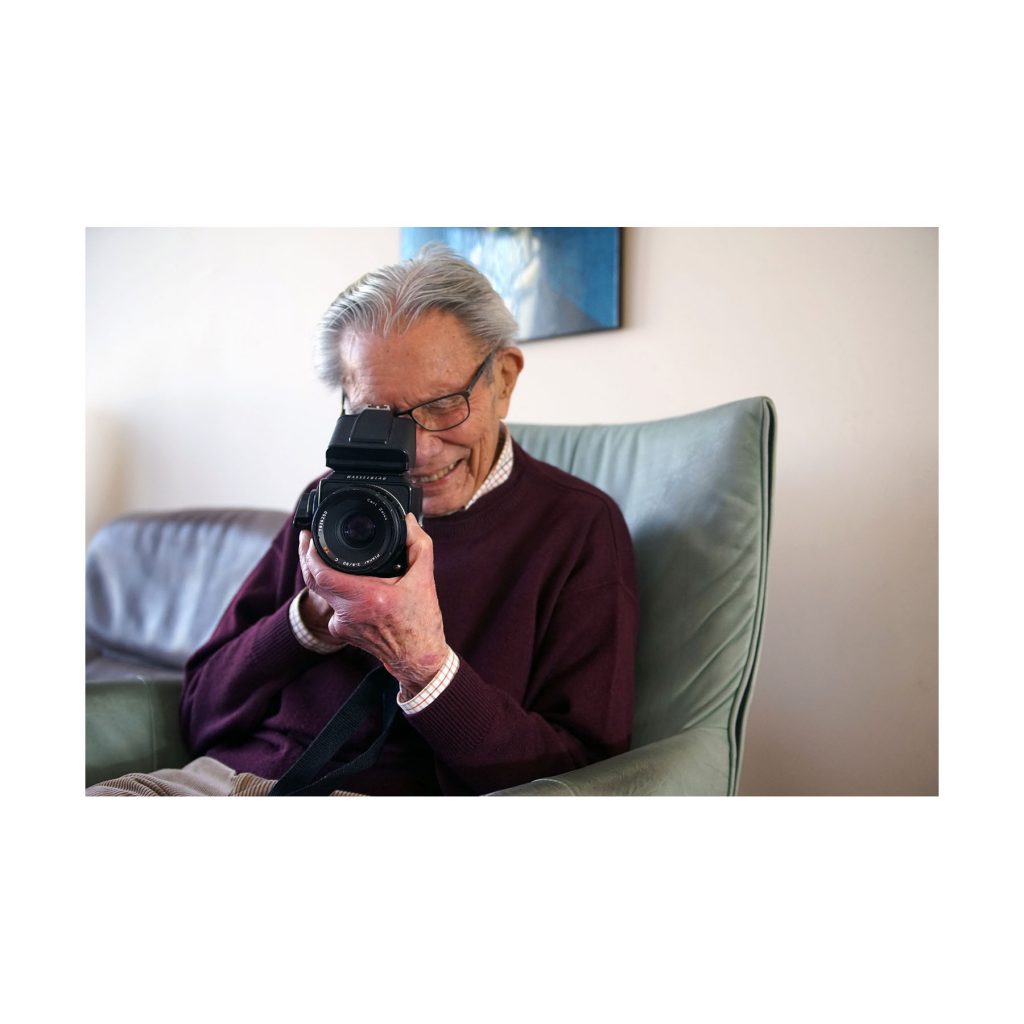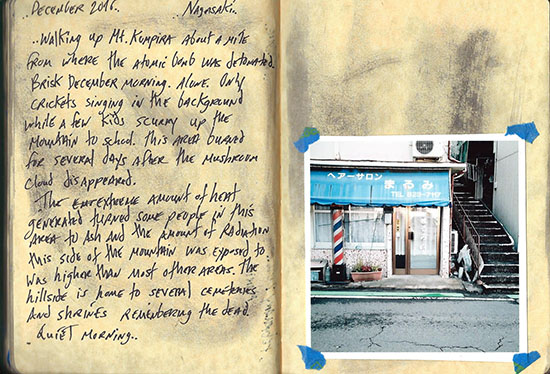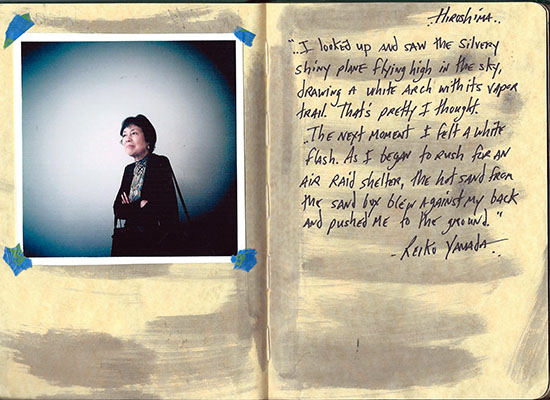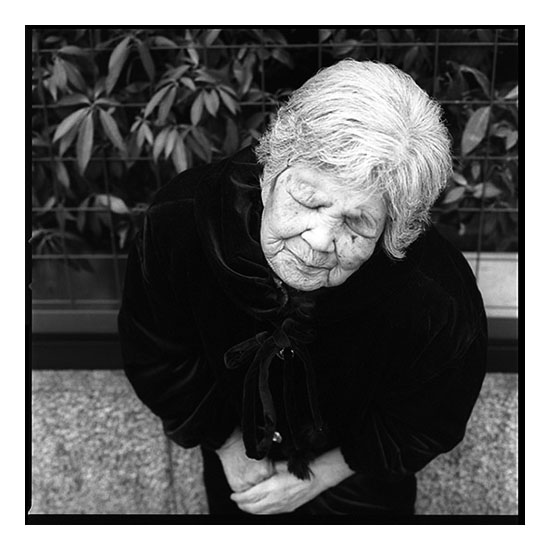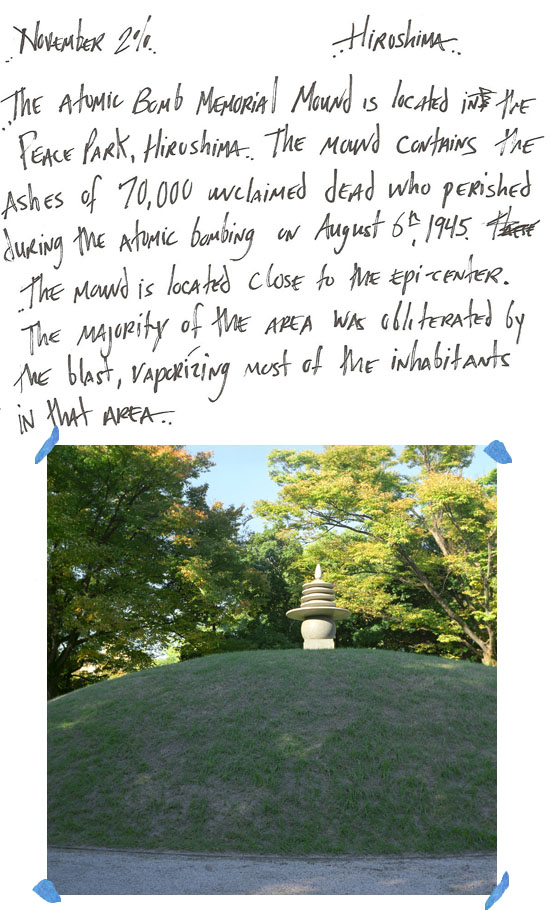
Posts Tagged ‘Hibakusha’
Atomic Bomb Memorial Mound, Hiroshima
Sunday, August 4th, 2019August 6th, 1945, Hiroshima hypocenter
Friday, August 2nd, 2019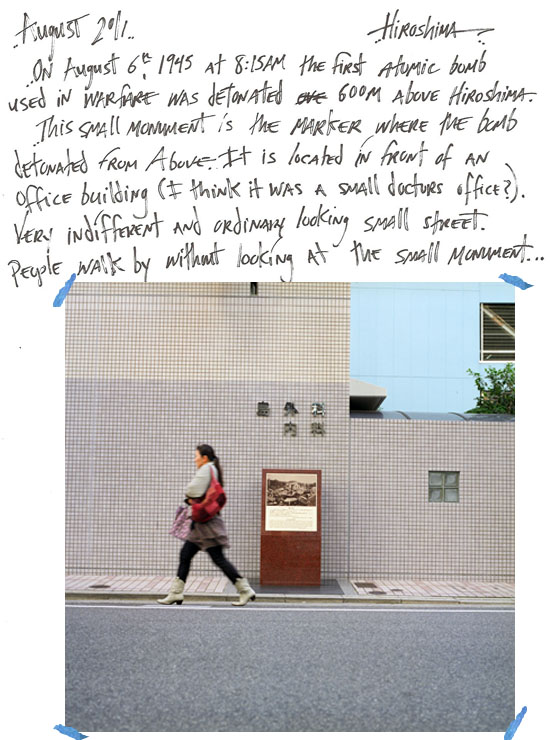
Setsuko Thurlow
Monday, July 29th, 2019
Willy Buchel van Steenbergen
Sunday, July 14th, 2019
..July 2019.. ..Waalre, Netherlands..
“In 2014 I was officially recognized as an hibakusha by the Japanese government. It’s gratifying that the Japanese government recognized that I was there when the atomic bomb was detonated because the Dutch government didn’t care about any of the Dutch who were in Nagasaki. Soon after I visited Nagasaki together with my three daughters. I wanted to show them some of the places I had been during the war to let them know what kind of impact the experience had on my life. But I didn’t tell them the most severe details. I haven’t told my story to many people because it is so intense.” -Willy Buchel van Steenbergen
I received the sad news that atomic bomb survivor Willy Buchel van Steenbergen passed away on July 10th. He was 99 years old. I photographed him at his home in Waalre, Netherlands. Mr. Buchel was one of two former Dutch POW’s who experienced the atomic bomb in Nagasaki who I photographed during 2015.
Mr. Buchel was serving in the Royal Netherlands East Indies Army (KNIL) when he was taken as a prison of war by the Japanese when they invaded Java in 1942 (at the time Java was a part of the Dutch East Indies) and later sent to Fukuoka Camp 14 in Nagasaki. He was used as a forced laborer until the end of the war in August 1945. He was one of 120 Dutch POW’s to survive the atomic bombing of Nagasaki.
There were two camps holding Dutch POW’s in Nagasaki. Fukuoka Camp 14 was located near the Nagasaki Station. It was close to the hypocenter and heavily damaged. Most of the POW’s who survived the bombing lived less than ten years after. Most likely perishing from the effects of radiation exposure.
Mr. Buchel’s experiences were very unique because he not only survived the atomic bomb but also because of his heritage. After WWII his story became more complicated when the Dutch lost the colonial war in what is now Indonesia.
“All of my family in the Dutch East Indies survived the Japanese Occupation during the war. My father contracted tuberculous and didn’t have to go to an internment camp because the Japanese quarantined the sick. A mark was drawn on the house to signal someone was ill. My mother, who considered herself Dutch, didn’t have to go to the camps either because the she was half Indonesian. The Japanese considered her Indonesian.
I came to the Netherlands in 1950. There was a colonial war between the Netherlands and the native Indonesians in the Dutch East Indies immediately after WWII. When the Dutch lost its colony I couldn’t remain in the place where I was born and grew up. I lost my country and fatherland. Many who came here had the same feeling. After many years I went to visit the area where I was born – it was very different.”
I had heard about former Dutch POW’s who experienced the atomic bomb. It took me years to find Mr. Buchel. When my contact got permission from him to meet, my trip had to be delayed days before my departure because he was hospitalized with ammonia. Then during a snowy morning in January 2015 I finally met him. That morning I sat in the Amsterdam train station waiting hours for my delayed train thinking that it might not happen. But the winter sun burst through and melted the snow on the tracks.
In the years after, I’ve spoken to many Dutch people who have no idea there were Dutch atomic bomb survivors. All of them were surprised when I told them about Mr. Buchel. There was a book written in Dutch about Fukuoka Camp 14 but it went out of print shortly after it was published either in the 1960’s or 1970’s.
I was fortunate to have met Mr. Buchel. He wrote me letters which usually arrived at my home around the holidays. I feel lucky to have the opportunity to call him my friend. I’ve posted a portrait of him at his home and another of him holding my Hasselblad camera.
Kazu Sueishi
Saturday, May 18th, 2019..May 2019.. ..Hiroshima..
Earlier this week I received the sad news that atomic bomb survivor Mrs. Kazu Sueishi passed away almost two years ago. I had photographed her in 2010 when she visited New York City high school and university students. My time with Mrs. Sueishi was short but her message of peace was everlasting.
Mrs. Sueishi’s father was from Hiroshima Prefecture and became a merchant in California. Kazu was born in the Pasadena but her family moved back to Japan in the 1920’s when she was still young.
When the atomic bomb exploded over Hiroshima Kazu was eighteen years old. The family lived a little over a mile away from the hypocenter. She suffered permanent injuries when pieces of wood flew into and stuck in leg.
Twelve years after the bombing Kazu traveled to the United States and married a second-generation
Japanese-American. She lived the last 50 years of her life mostly in Los Angeles.
She had to travel to back to Hiroshima whenever her health worsened
because she was denied medical coverage in the United States until she
qualified for public health insurance at the age of 65.
From Above exhibition, Nagasaki National Peace Hall for Atomic Bomb Victims
Saturday, March 23rd, 2019..March 2019.. ..Nagasaki.. The Nagasaki National Peace Memorial Hall for Atomic Bomb Victims will be permanently exhibiting 15 portraits that I took of Nagasaki atomic bomb survivors.
These are part of the From Above project which features portraits of atomic bomb survivors and WWII firebombing survivors.
I’m very proud these portraits will be displayed permanently at Nagasaki Peace Memorial Hall for all the visitors to see. The Peace Memorial Hall is attached to the Nagasaki Atomic Bomb Museum.
Mr. Matashichi Oishi, hydrogen bomb nuclear test at the Bikini Atoll, Marshall Islands
Friday, March 1st, 2019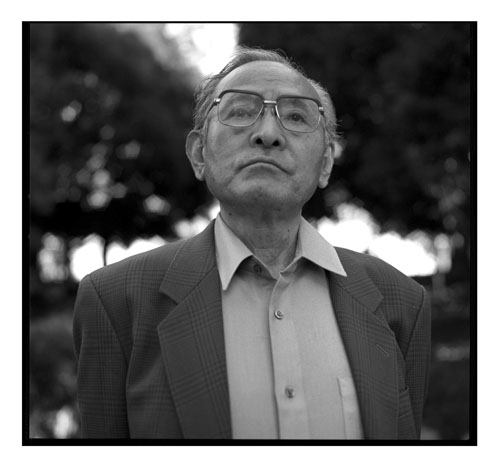
..Bikini Atoll.. ..March 1, 1954….
Mr. Matashichi Oishi is a former crew member of the Daigo Fukuryu-Maru (Lucky Dragon 5), tuna fishing boat. He turned 20 years old on the second day of the journey from Yaizu harbor to Marshall Islands. Due to the postwar food shortages, they had to sail farther distances to catch fish. The boat trip from central Japan to the Marshall Islands took over 2 weeks, one way.
There were 23 crew members on the wooden boat. Average age was 25 years old. In the early morning of March 1st, 1954, the boat was exposed to radiation by a hydrogen bomb nuclear test at the Bikini Atoll. It was an unannounced secret test. They were fishing 160km away from the hypocenter.
The bomb was 1,000 times more powerful than the atomic bomb detonated in Hiroshima. It contained 270 different kinds of radioactive materials.
Mr. Oishi saw a strong flash of light. An orange color soaked the sky. After 7 minutes they heard horrific rumbling. Strangely, the sea surface stayed calm. Frightened, they decided to return home.
They had to raise the fishing nets and long fishing lines from the deep water. This took hours to complete. Soon after “ashes of death”(nuclear fallout) started falling, covering the boat like snow. They had no idea what it was, some licked the flakes. The flakes of ash didn’t melt, felt like sand and burned their skin.
They removed the fishing nets and long fishing lines while the radioactive ashes fell. It took 5 hours to get the equipment to the surface so they could begin their voyage home.
After a 2 week journey, they arrived at Yaizu harbor. All of them already began to suffer from acute radiation diseases such as dizziness, loss of appetite, gum bleeding, diarrhea, vomiting, and hair loss. But they still didn’t know what they were exposed to.
A newspaper released the news about the nuclear test. It caused a panic in Japan. “Poisoned fishermen brought back poisoned tuna.” Even rain contaminated with radioactivity feel over Japan and other countries in the Pacific Ocean.
The panic created an anti-nuclear movement and encouraged Hiroshima and Nagasaki atomic bomb Survivors to speak about their experiences. Nearly 10 years after the bombings in Hiroshima and Nagasaki, this was the first public discussion about nuclear weapons in Japan.
During the American Occupation after WW II, news about the atomic bombings in Hiroshima and Nagasaki was censored. The American government allowed no public discussion or newspaper articles in Japan to be written about the bombings. The official reason given, as a precaution of the Cold War they didn’t want the USSR to gain information about the affects or material used. Because of the censorship the Japanese public, outside of Hiroshima and Nagasaki, were largely unaware about the affects of radioactivity.
The Lucky Dragon 5 event was covered up in negotiations between the US and Japanese governments. The boat was painted over and dumped in a landfill in Tokyo. The ill fishermen were abandoned and outcast socially. Their lives changed completely. They didn’t have visible burn or scar but inside their bodies were radioactively contaminated. All battled various types of cancers throughout their lives. The first member of the crew died a half year later. More than half of the crew has died. All of them died from liver cancer.
Mr. Oishi has also suffered for varied aftereffects; including liver cancer and social discrimination. The company and government have claimed no responsibility for his health care bills even though he was exposed while working.
After 30 years of silence, he started to speak about his experiences. He is one of only two voices out of 23 Lucky Dragon crew members to speak. 856 boats, containing 17,000 Japanese fishermen, were present in the marine area the day of the nuclear test at Bikini Atoll. None of the others have chosen to speak or release their medical records
Mr. Oishi is photographed at the location were the Lucky Dragon 5 was found. The discarded boat was discovered in 1967. The boat has since been persevered and a museum has been built around it.
Mt. Kompira, Nagasaki
Wednesday, February 20th, 2019Reiko Yamada
Tuesday, January 29th, 2019Hamako Sasaki
Thursday, August 9th, 2018“I was nineteen. After breakfast I sat down at the balcony and I was knitting while babysitting 4 children from the neighborhood.
Then I felt this bright bright flash as if the sun fell down from the sky.
Following that was a loud roar that I had never heard before. ”
-Hamako Sasaki, Nagasaki atomic bomb survivor
私は19歳でした。朝は普通に起きて朝食を食べてから家のお縁に座って編み物をしていました。
私は近所に住んでいた子どもさん4人を預かっていました。子ども達がそばで遊んでいる時に
パチャーーーッといってピカーッと光を感じました。私は目の前にお日様が落ちてきたのかと思いました。
続いていつもと違う爆音がしました。物凄い音でした。普通の空襲や焼夷弾なんかとは全く違う感覚でした。
佐々木 浜子
This portrait is a part of my From Above project which featured portraits of atomic bomb and firebombing survivors from WWII. My limited edition book is available at http://www.photoeye.com/bookstore/citation.cfm?catalog=I1040&i&i2
